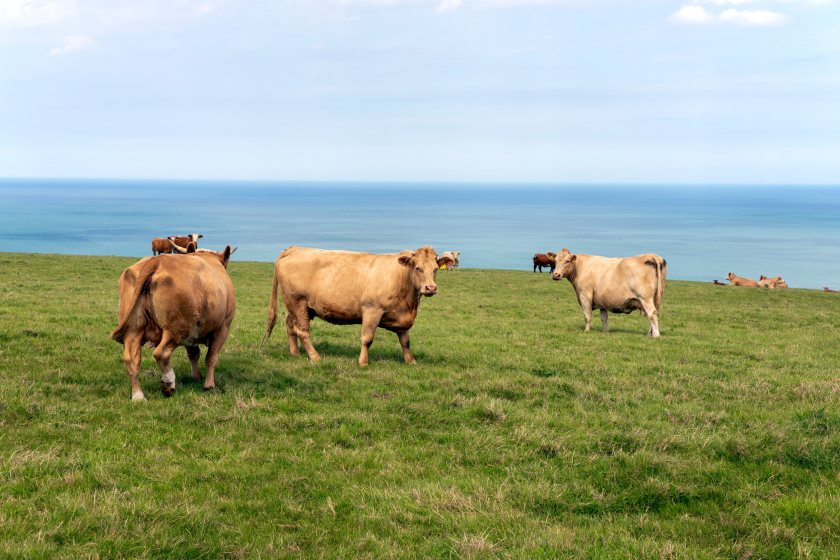
From January 2026, Welsh cattle with previous inconclusive TB test results will face lifetime movement restrictions — a major step designed to curb the spread of bovine tuberculosis and protect farming families across Wales.
The Welsh government confirmed that all cattle identified as Inconclusive Reactors (IRs) under standard interpretation, which later test negative on re-checks, will be confined to their holding for life. The decision follows industry requests and advice from independent experts.
Scientific data shows that these animals are three times more likely to develop TB than cattle that have consistently tested clear. Under current rules, IR cattle that pass a re-test can move freely, but the new policy aims to eliminate that risk.
The retesting period for IRs is between 60 and 90 days, meaning that some animals first flagged in November 2025 could fall under the new regime if their re-tests take place after 1 January.
After that date, such cattle will only be permitted to move directly to slaughterhouses or Approved Finishing Units through licensed routes — including approved slaughter gatherings or dedicated TB sales.
Deputy First Minister and Rural Affairs lead Huw Irranca-Davies said the move reflected both scientific evidence and industry input.
“Industry asked, and we have listened. Evidence shows these resolved standard IR cattle are higher risk because a larger proportion go on to become TB reactors,” he said. “Currently this risks cattle with undetected infection being moved and spreading TB to other herds.”
He added that the collaborative approach between government, the Technical Advisory Group (TAG), and the Programme Board was already “delivering real changes that help both tackle the disease and support farmers through difficult times.”
The tighter policy has been broadly welcomed by the industry, particularly in regions with ongoing TB challenges. Michael Williams, who farms at Fagwrfran Farm in Pembrokeshire, said local involvement in TB education projects had strengthened farmers’ understanding of infection risks.
“Our understanding and knowledge around TB and high-risk animals has been greatly improved,” he said. “We welcome the decision to restrict the movement of these IR animals and hope this helps prevent movement of residual disease from farm to farm.”
Pembrokeshire’s collaborative TB control project has served as a model for other parts of Wales, where vets and farmers are using data and education to manage infection more effectively. Now, similar efforts are expanding to North Wales, where TB incidence is lower but vigilance remains crucial.
Paul Williams, from Cae Haidd in Conwy, said the region is determined to maintain its TB-free status. “Building on the excellent work of our friends down in Pembrokeshire, our aim here in North Wales is to keep as much of our area free of TB as possible,” he said.
“Thinking outside the box and using innovative techniques and data, whilst working closely with our local vets, will be key. The imminent changes to movement restrictions on high-risk cattle are a sensible way forward.”
The Welsh government hopes the tougher stance on IR cattle will strengthen biosecurity and reduce disease transmission between herds — marking another milestone in Wales’s long-term goal to eradicate bovine TB.
